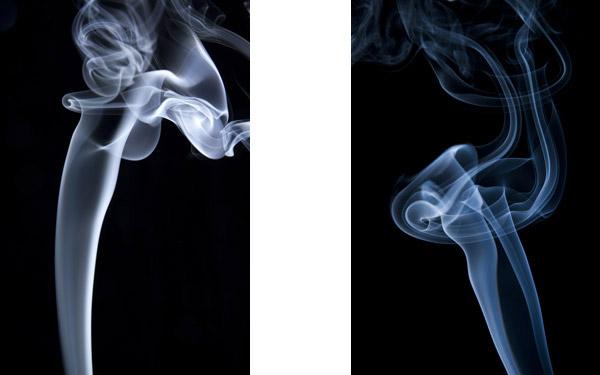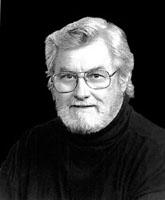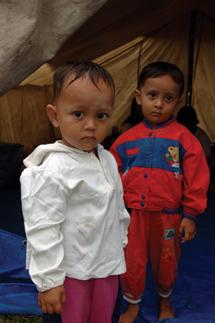Pro Techniques
Sort By: Post DateTitle Publish Date
|
Jul 01, 2008
|
May 01, 2005
|
Dec 08, 2023
|
Aug 01, 2009
|
May 28, 2014
|
Sep 16, 2014
|
Feb 01, 2003
|
Feb 14, 2017
|
May 01, 2008
|
Nov 15, 2024
|
Apr 01, 2011
















